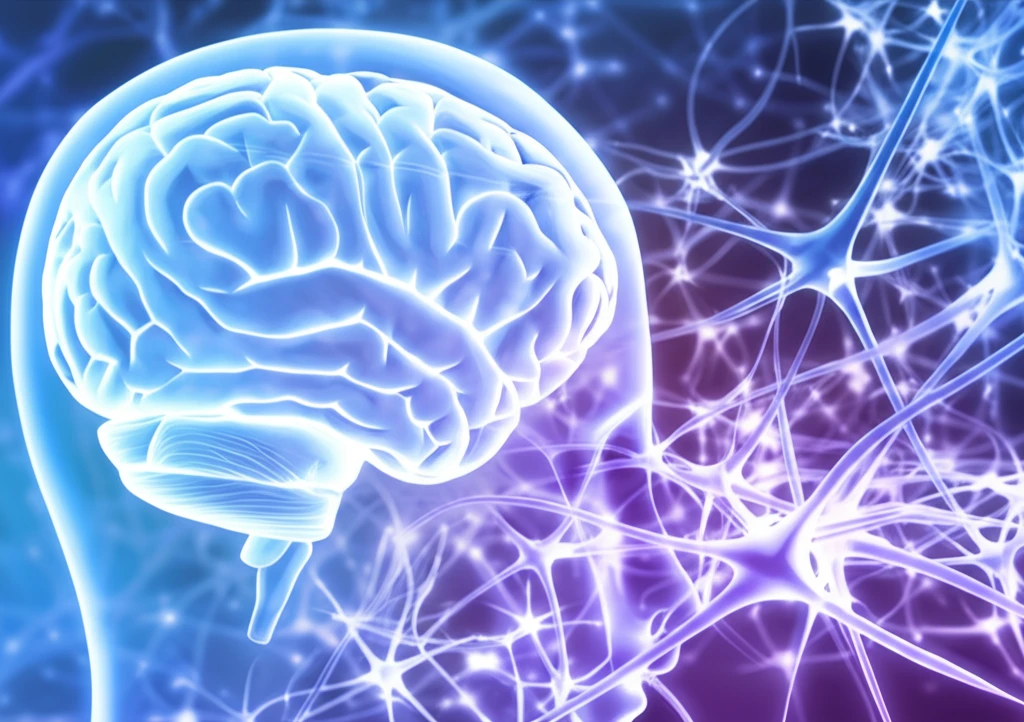
Rewiring the Brain: Can Magnetic Stimulation Unlock New Pathways to Healing and Connectivity?
"Explore how transcranial magnetic stimulation (TMS) is revolutionizing our understanding and treatment of brain disorders by mapping and modulating neural networks."
The human brain, a complex network of interconnected regions, orchestrates everything from our simplest reflexes to our most profound thoughts. Understanding how these networks function and interact is a fundamental challenge in neuroscience. Traditional methods offer limited insight into the dynamic interplay within these networks.
Enter transcranial magnetic stimulation (TMS), a non-invasive technique that uses magnetic fields to stimulate or inhibit activity in specific brain regions. TMS is emerging as a powerful tool for mapping brain connectivity and exploring the causal relationships between different areas. By carefully applying magnetic pulses and observing the resulting changes in brain activity, researchers can gain unprecedented insights into how the brain is wired and how it adapts to changing conditions.
This article delves into the exciting world of TMS and its applications in unraveling the mysteries of brain connectivity. We'll explore how this technology is being used to study various neurological and psychiatric disorders, paving the way for innovative treatments and a deeper understanding of the human brain.
How Does Transcranial Magnetic Stimulation (TMS) Work?

TMS operates on the principle of electromagnetic induction. A coil placed on the scalp generates a brief magnetic pulse, which passes through the skull and induces an electrical current in the underlying brain tissue. This current can either excite or inhibit neuronal activity, depending on the stimulation parameters (frequency, intensity, and pulse pattern).
- Electroencephalography (EEG): Measures electrical activity in the brain using electrodes placed on the scalp. TMS-EEG allows researchers to track the temporal dynamics of brain responses to TMS, providing insights into the speed and spread of neural activity.
- Functional Magnetic Resonance Imaging (fMRI): Detects changes in blood flow in the brain, providing a measure of neural activity. TMS-fMRI can map the spatial distribution of TMS-induced activity changes, revealing which brain regions are connected to the stimulated area.
- Positron Emission Tomography (PET): Uses radioactive tracers to measure metabolic activity in the brain. TMS-PET can assess the effects of TMS on neurotransmitter release and other neurochemical processes.
- Paired-Pulse TMS: Involves delivering two TMS pulses in rapid succession to probe the interactions between different brain regions. This technique can reveal facilitatory or inhibitory connections between the stimulated areas.
The Future of Brain Connectivity Research with TMS
Transcranial magnetic stimulation is revolutionizing our understanding of the brain and holds immense promise for developing new treatments for neurological and psychiatric disorders. As technology advances and research expands, we can anticipate even more groundbreaking discoveries about the intricacies of brain connectivity and the potential to unlock the brain's healing power. By understanding how the brain is wired and how it responds to stimulation, we can pave the way for personalized treatments that target the specific neural circuits underlying various conditions, ultimately improving the lives of millions.
